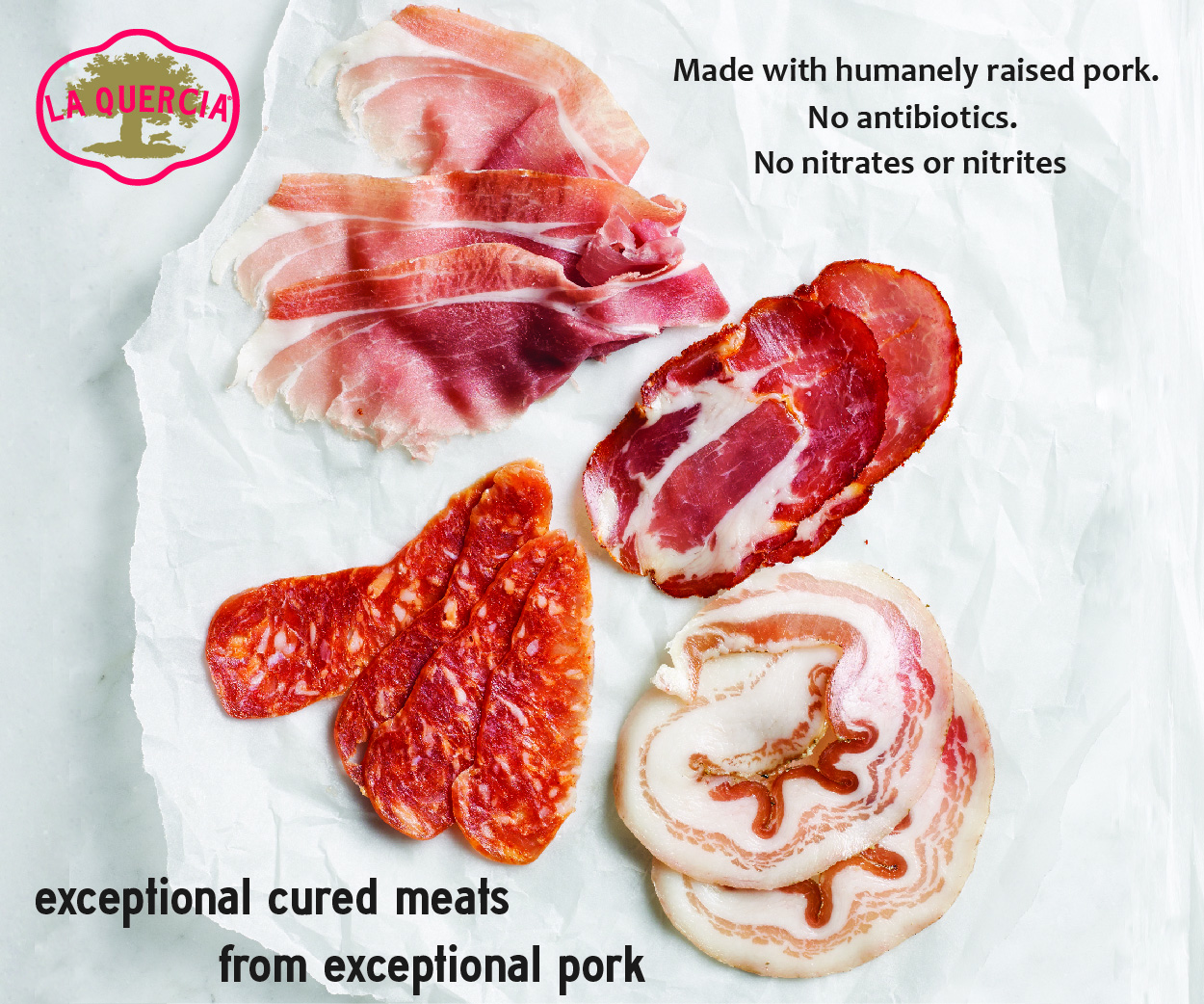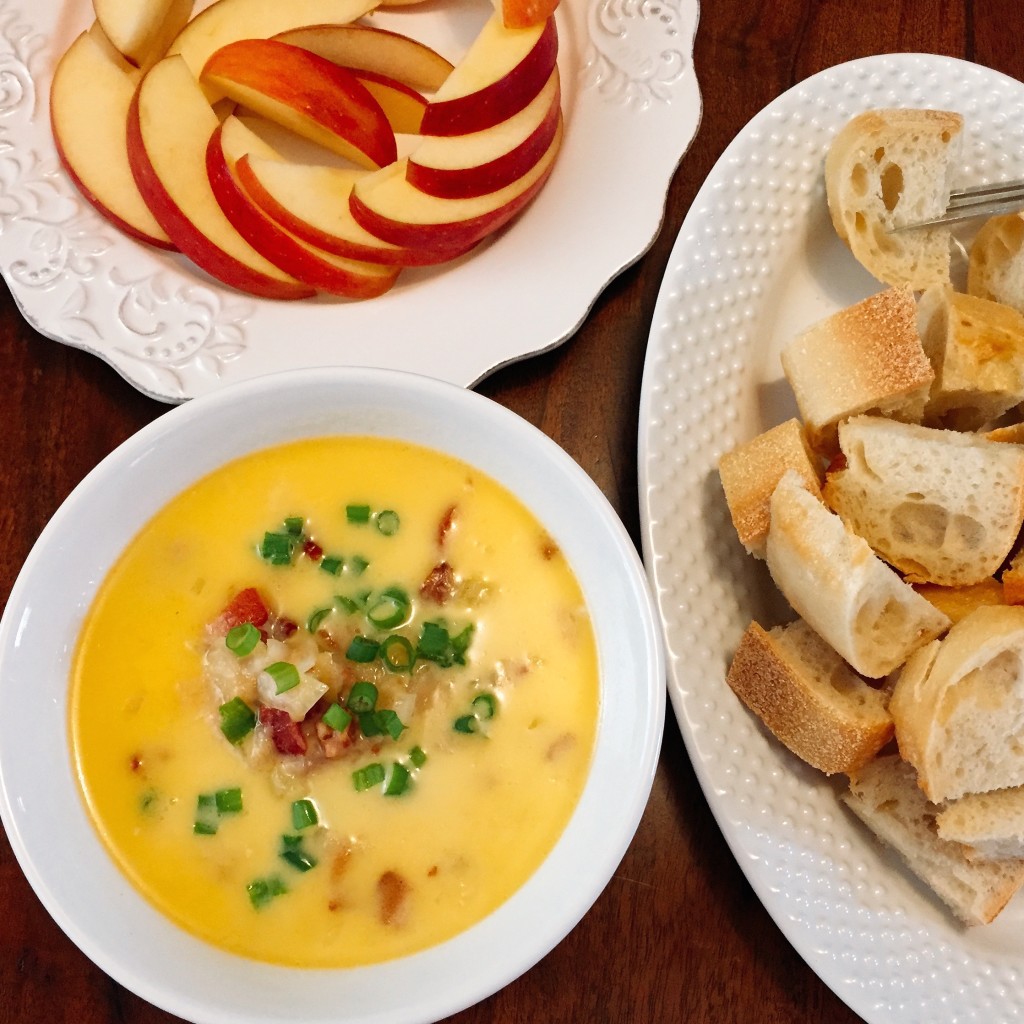 I’ve only had fondue once, that I can remember. It was in Paris on a trip with my dad and stepmom. They were treating me to a trip after I finished my degree back in 2001. We sat outside of a cafe, dipping and munching away. The bread, the cheese…in France? It doesn’t get much better than that.
I’ve only had fondue once, that I can remember. It was in Paris on a trip with my dad and stepmom. They were treating me to a trip after I finished my degree back in 2001. We sat outside of a cafe, dipping and munching away. The bread, the cheese…in France? It doesn’t get much better than that.
So this may be why I never really revisited it. The idea of the Melting Pot never really appealed to me. Other than then cheese and the dessert courses, the idea of cooking my own dinner in a pot turns me off. Why go out to eat when you have to do the cooking?
But I love cheese. And I love bread.
So when confronted with a post about fondue for National Fondue month I knew I would want to stick to something traditional…with a slight twist. Well, maybe not so “twisty”. This is We The Eaters, after all, and our favorite thing is bacon.
It all sounds so comforting. And lately I need all the cheese wrapped comfiness I can get my mitts on. Just two weeks ago my tiny little son was born. Why am I even writing this? Well, in the midst of the time warp known as taking care of a newborn, I needed something normal. Not like go back to work normal, but something a little different than the never ending cycle of nursing and diapering. So please forgive the fogginess and potential misspellings in this post. I have toothpicks holding my eyes open at this point.
Thankfully Amy was able to dig up a recipe for bacon Brie fondue that I could use as a guide. Apparently Googling anything other than how to get a baby to latch correctly and how to know if he’s getting enough milk is way too much effort. Who knew that my whole world would be consumed with breast feeding?! Sorry friends and family for only talking about my boobs. And, of course, every little detail I’ve noticed about my tiny new boy.
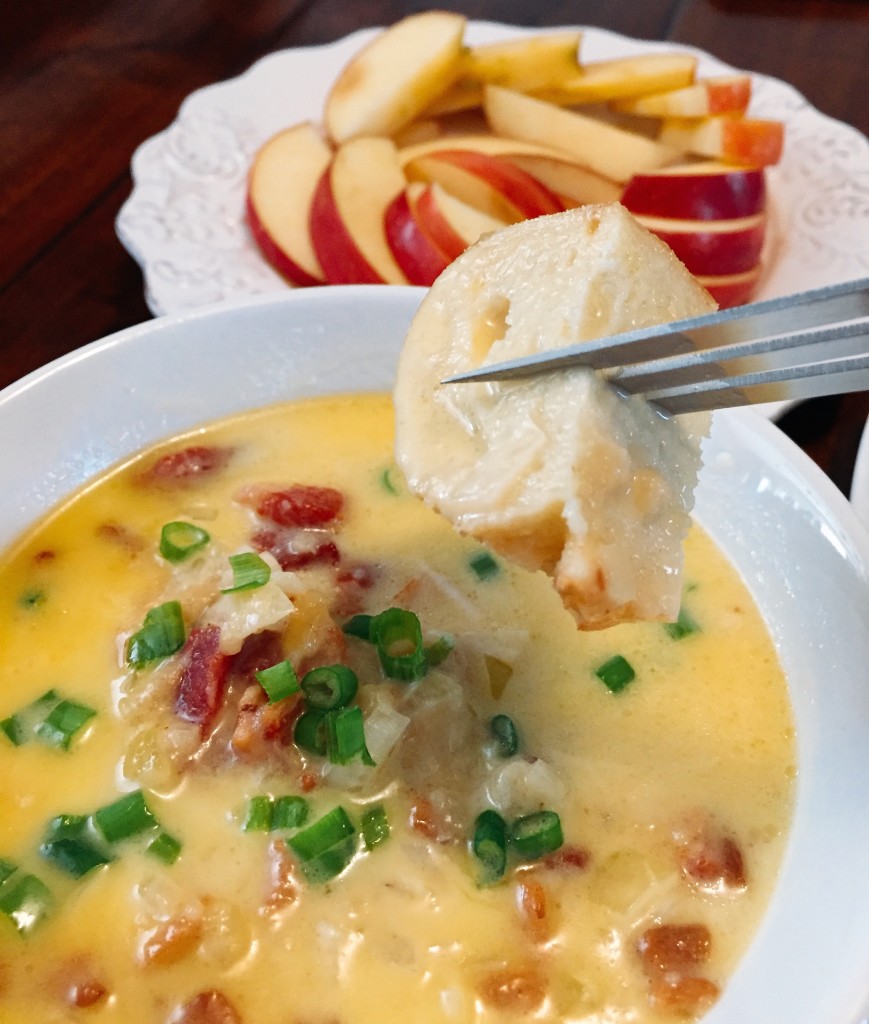 With baby happily sleeping away in Grandma Troy’s arms I set to work on my cheesy experiment. Since we don’t fondue as a rule, I had to use a glass bowl over a pot of hot water, essentially a double boiler. So serving it wasn’t as fun as having a fondue pot stashed away in the back of the cabinet.
With baby happily sleeping away in Grandma Troy’s arms I set to work on my cheesy experiment. Since we don’t fondue as a rule, I had to use a glass bowl over a pot of hot water, essentially a double boiler. So serving it wasn’t as fun as having a fondue pot stashed away in the back of the cabinet.
My sleep deprived brain kind of skipped some steps…and almost forgot the key ingredient: bacon! What did I get wrong? After stirring and melting in the shredded cheese, things looked good. And then I added the lemon juice and it broke. The consistency got thin on the top and chunky on the bottom. The flavor was amazing, but the texture was not that amazing silky, dippable cheese fondue is known for. It slid right off the crusty bread chunks and apple slices.
I found a cheese fondue troubleshooting guide and Serious Eats foolproof method. Both mention adding cornstarch to help thicken it, first by tossing the shredded cheese in the cornstarch and the other adding it as needed if too thin at the end. The other key to keeping the cheese thick and ensuring it doesn’t break is to keep the heat low and slowly adding the shredded cheese one handful at a time. All things I missed when I first attempted this.
Note to self, when trying something brand new, like fondue, read as much as you can! Don’t let baby brain fog your foodie brain.
Bacon and Brie Fondue
After some troubleshooting I think I have the recipe and method down. If too thick, add a little extra wine; if too thin, add a little extra cornstarch. And remember, keeping the heat low and melting slow is key!1 garlic clove, cut in half
3/4 cup dry white wine
3 ounces soft Brie, rinds removed
1/2 shallot, finely chopped
1/2 cup gruyere, shredded
1/2 cup smoked gouda, shredded
1 tablespoon cornstarch
juice from 1/2 lemon
1/2 cup crumbled bacon
green onion, finely choppedRub the cut faces of the garlic clove around the inside of a double boiler or fondue pot. If using a double boiler, bring the water to a simmer and do not let the bowl come into contact with the water. Add the white wine and heat until steaming.
In a large bowl toss the shredded gruyere and gouda with the cornstarch to thoroughly coat.
Add shallots and Brie to the bowl or pot, then whisk until creamy and all combined.
Working over low heat, add shredded cheese one handful at a time, stirring until mostly melted. Continue until all the cheese is melted and the fondue is smooth and glossy. This may take about 10 minutes. Keep the heat below a simmer as cheese is added and melted, or else it may break!
Add a little of the lemon juice at a time, stirring as you go, to ensure the cheese does not break. You may not need all of the lemon juice. Season with salt and pepper. Stir in the bacon.
Transfer to a serving dish or fondue pot. Top with green onions and serve with crusty bread and apple slices.

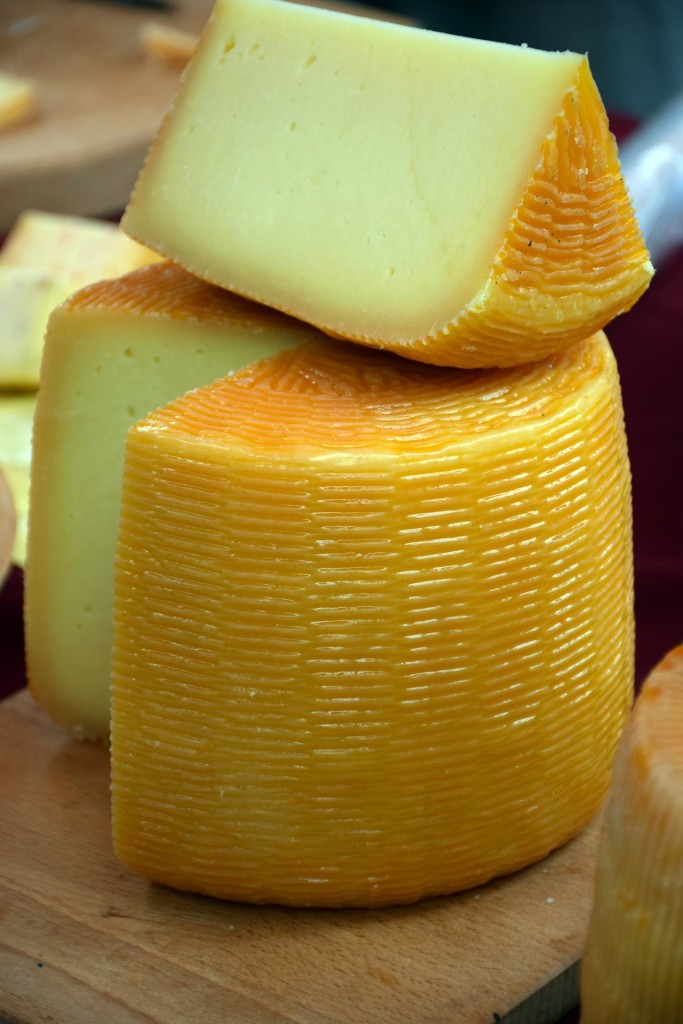 The title of this post was originally uttered to reassure my father, furious he’d just shelled out about $25 to $30 for each of us to eat—no, nibble—on a scantly portioned dinner at a fondue restaurant in a little town bordering Lake Tahoe.
The title of this post was originally uttered to reassure my father, furious he’d just shelled out about $25 to $30 for each of us to eat—no, nibble—on a scantly portioned dinner at a fondue restaurant in a little town bordering Lake Tahoe.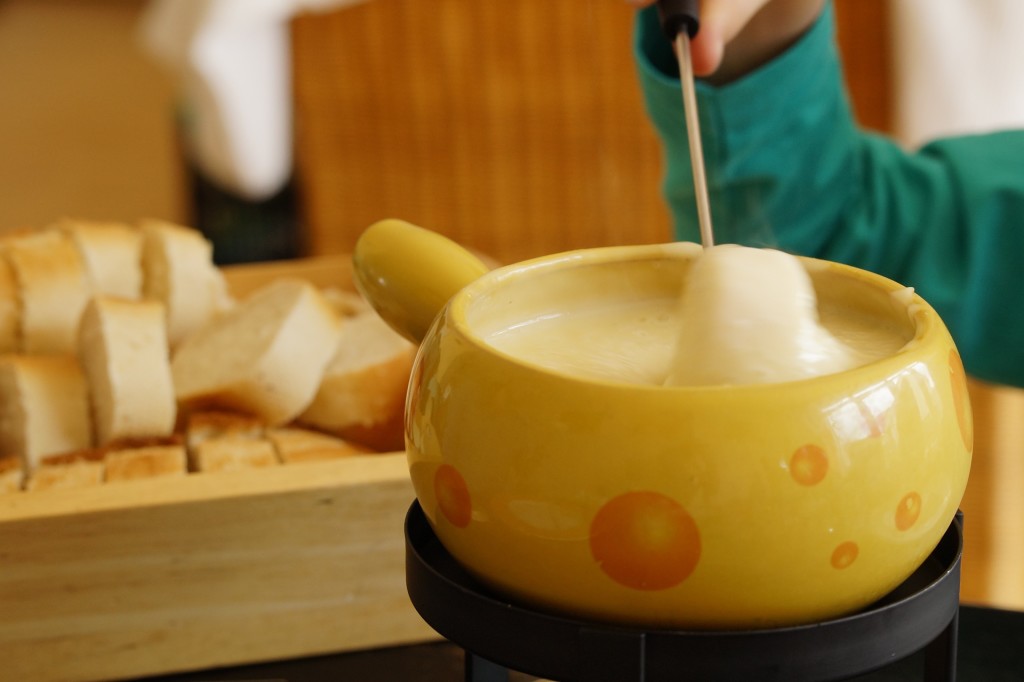
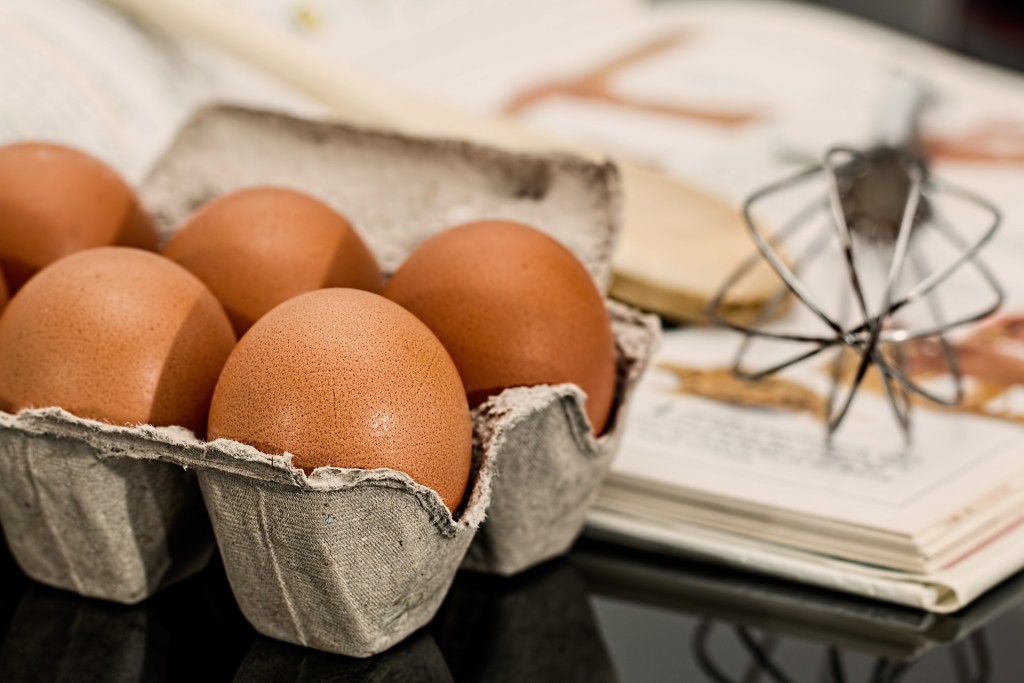 My approach to cookbooks is similar to that of people in grocery store lines who thumb through issues of Us Weekly or People Magazine while waiting in line, putting it back when it’s time to check out rather than purchasing it. Let me just take a peek and if there is something that grabs my attention. I can always look it up later or ask a friend what they know about it. So I close the cover and walk away, leaving no trace. I do not bend the pages, leave fingerprints or crinkle the cover as I put it back on the shelf. That’s out of respect for all you cookbook-obsessed.
My approach to cookbooks is similar to that of people in grocery store lines who thumb through issues of Us Weekly or People Magazine while waiting in line, putting it back when it’s time to check out rather than purchasing it. Let me just take a peek and if there is something that grabs my attention. I can always look it up later or ask a friend what they know about it. So I close the cover and walk away, leaving no trace. I do not bend the pages, leave fingerprints or crinkle the cover as I put it back on the shelf. That’s out of respect for all you cookbook-obsessed.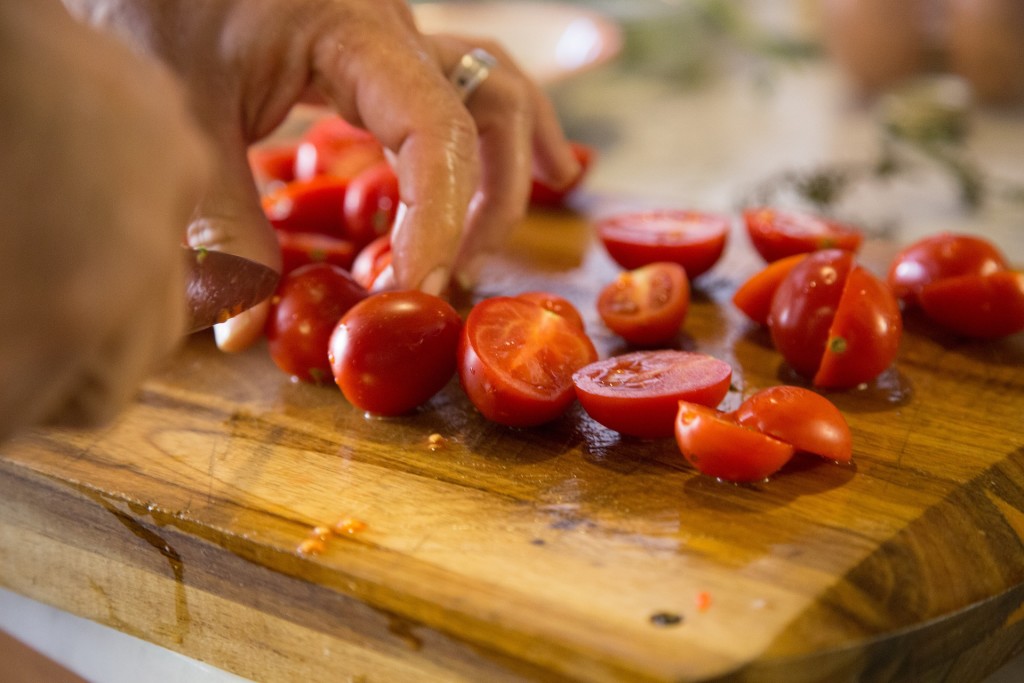 fond of food porn in general. So before I actually build a plan for a menu or a shopping list for a weekend of cooking, I surf a web site (or three), an Instagram account or a few food blogs to see catches my eye and makes my tummy growl. I skim recipes for techniques I have not employed in ages, or ingredients I forgot existed because they were out of season. Then I prepare my menu and shopping list.
fond of food porn in general. So before I actually build a plan for a menu or a shopping list for a weekend of cooking, I surf a web site (or three), an Instagram account or a few food blogs to see catches my eye and makes my tummy growl. I skim recipes for techniques I have not employed in ages, or ingredients I forgot existed because they were out of season. Then I prepare my menu and shopping list.